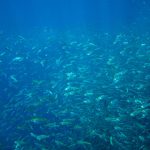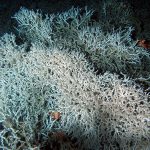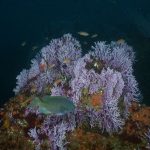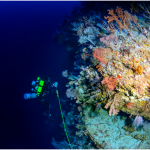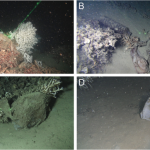Source: Stuff.co.nz
Author: Amber-Leigh Woolf
Commercial fishers are “bulldozing” ocean floors, says Greenpeace.
Its calculations show that in the 2017-2018 fishing season, New Zealand commercial fishing vessels destroyed up to 3000 tonnes of coral and other vulnerable species through bottom trawling.
Continue reading Fishing vessels ‘bulldozing’ oceans, destroying 3000 tonnes of coral in one year


